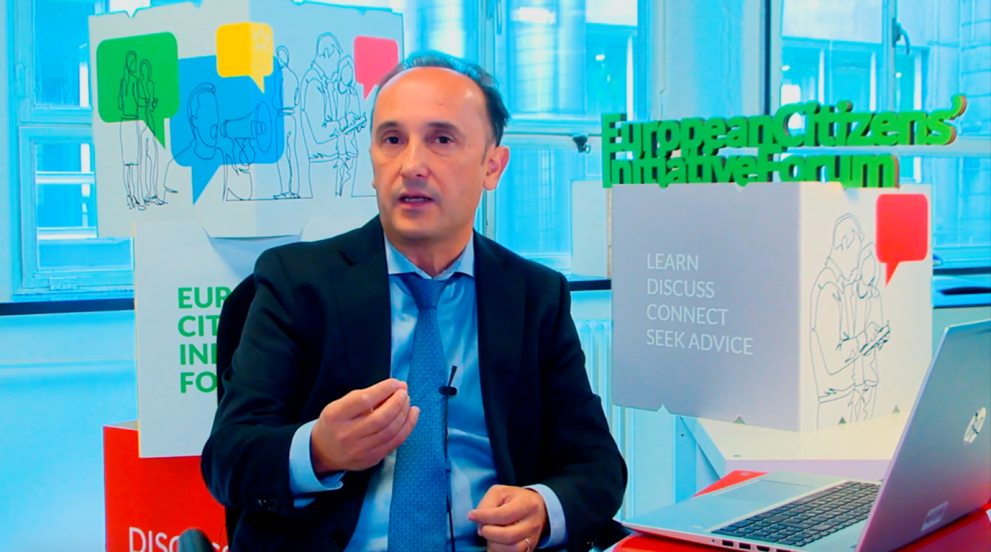
In order to support European citizens’ initiative organisers in collecting online statements of support for their initiatives, the European Commission provides a free of charge Central Online Signature Collection System. As of 2023, this is the only system which organisers can use to collect signatures online.
Jerome Stefanini is the IT project officer responsible for the system at the Commission. In this interview, he describes its key properties and advantages.
Jerome Stefanini: The European Citizens’ Initiative Regulation indeed requires the European Commission to provide a free central online collection system, but I would say that being free is only one among many advantages offered by of Central Online Signature Collection System.
We are talking about citizens who connect to an online system and who need to leave their personal data to support an initiative. What should we expect from such a system?
First, it needs to be available 24 hours a day, 7 days a week because we must be able to give the possibility to all European citizens, wherever they are in the world, to support this initiative, at any time.
The second important advantage is that this system has the capacity to accept simultaneously as many signatures of support as there might be coming in, even at peak times.
We have noticed that some Initiatives organise signature collection events and that high numbers of signatures would be coming in just a few days. We know that the Initiatives may use an entire year to collect the required million signatures, but in some cases, there have been more than 500,000 statements of support in a matter of days, so it's important that the system can hold up at that time.
The System's Central Processing Unit (CPU) has an average use of about 24%, leaving sufficient reserve for peak times.
The third important point is that the system must give citizens the confidence to provide their personal data because one of the characteristics of the European citizens’ initiatives is that they ask citizens to give their first name and surname, but also their national identity (or identity card) number, their address and their date of birth. Providing these data can be an obstacle if citizens don’t trust the system. Requiring this personal data could hinder some citizens from supporting an initiative because they are worried about it. However, in our view, this requirement of personal data is what makes the ECI instrument a legitimate participatory democracy tool. Legislators know that the statements of support are not coming from simple clicks by robots or made multiple times by the same citizen but that behind every validated support, there is a citizen of the European Union.
Data that citizens need to submit in order to sign
So how do we give this confidence to citizens? How do we ensure that the system is reliable and their data cannot be stolen? To achieve that, the Commission has invested a lot in security, and all of this is done to give citizens confidence that we have a system that is robust, reliable, efficient, and can be trusted.
Citizens can choose how to support an Initiative
There are of course other advantages, such as the possibility of supporting with an electronic signature. In certain countries such as Belgium, Estonia, Italy, the Netherlands and Portugal where a large proportion of the citizens are already accustomed to using their mobile phones or their ID to make transactions and interact with the administration; these citizens can use the same means to support the initiatives on the Central Online Collection System.
EU Member States whose citizens can e-sign
Coming back to the point about the security of the system, we have seen in recent years a lot of security breaches in different sectors – ransomware or stealing of data from the Internet.
In my eyes, there would be nothing worse for a European citizens’ initiative than a data leak. The Central Online Collection System, the European Commission’s system is the one that can offer the most guarantees in terms of security for citizens. The whole system has been designed from the start with the task to guarantee personal data security.
How does this work in practice? Citizens' data are encrypted from end to end, i.e. from the moment the citizen enters the data, until the moment when the data are transferred to the Member States for verification. The data will always be encrypted, which means that if a potential hacker in one way or another manages to enter the Commission's system, which is very, very well protected, he will only obtain encrypted data.
The System’s End-to-end Encryption Security Method
When the user connects online and submits their data, the data is first encrypted via the HTTPS protocol. Then the data is re-encrypted with a system at the Commission, before being saved in the database. Finally, when the data is exported to the Member States, it is first decrypted in the system and then re-encrypted immediately with the keys of each Member State.
Access to Analytics
The Central Online Collection System makes many statistics available to organisers.
First of all, there are real-time data, to which everyone can have access, and which consists of the number of signatures that the Initiative has currently gathered, so each time a citizen signs in support of an Initiative we see the counter increasing.
The meter counting the number of signatures
We also see the map of Europe with all the citizens who have supported the Initiative in each country. Therefore, organisers can see in which countries they still need to make an effort to collect the required number of signatures.
Availability of stats by country
The organisers can access reports on the number of people who have visited the site, with data on where these people are connecting from, at what time do they connect and how did they get there - did they arrive there following a Google search, a Facebook search, an Instagram campaign or from the Commission's site etc.
There are also other statistics at the disposal of the organisers, for example, the comments that users make on their experience with the system. An organiser can see how many are satisfied, and how many are dissatisfied, and this is not controlled by the Commission. Each citizen after supporting the initiative can indicate their level of satisfaction.
Currently, more than 90% of citizens have expressed great satisfaction with the system, and just under 2% expressed dissatisfaction.
These tools allow organisers to monitor on a daily basis the number of signatures they have reached, but they can also have weekly or monthly reports on the number of visitors to the site. All this data is anonymised. We never transmit any personal data to the organisers.
Customisation
There are a number of possibilities to customise the collection site. For example, organisers can put their logo, they can choose the colours, and can also put a message of congratulation for successfully signing.
Option to choose a colour scheme
Options to include (campaign) Social Media widgets
There have been suggestions to add a donation widget to the site, but we would not allow that due to the following reasons. The collection system is there to collect the signatures, but it must operate in parallel with a campaign site, which is the responsibility of the organisers. In it, the organisers can include many other widgets, including a donation widget or other tools to help finance their campaign. The philosophy is to clearly separate the roles of the sites. I could advise those who want to encourage citizens to contribute funds for their initiative to use the personalisation message on the Central Online Collection System that we offer. Once the user has signed up, the message could redirect them to the campaign site or to a donation site, where they can make a financial contribution, if they like.
Option to include a personalised message to supporters
Installation of the system
The installation of the online collection system is transparent for the organisers, and they don’t need to do anything about it. It is the Commission that takes care of the installation of the systems, and from the moment their initiative is registered, they receive an online collection system. Immediately after we see that the Initiative has been registered, the IT team sends the organisers an email describing how to use the system, and how to personalise it. In addition, after registration, organisers are immediately provided with a point of contact to use throughout their collection to report any problems or questions that occur. We also invite them for a short training where we explain to how the system works.
Contacting the Commission
Organisers can contact the Commission at any time, they have different options for this:
- via their Organiser Account, which is the application that allows them to manage the Initiative,
- contact the Secretariat-General, or
- contact the IT team directly.
Final words of advice
I would tell the organisers that first of all, as soon as they have the Central Online Collection System, they should not hesitate to test it. Between the moment they are registered, and when signature collection for the initiative is going to start - as they have up to six months to start the initiative - their collection system will be accessible to them. Thus, they can do a whole series of tests.
Ultimately, organisers have to be aware that the online collection system will allow them to collect signatures; we’re going to make it as reliable and secure as possible, but the success of their initiative will depend on them. We're going to do everything to help them, but it's up to them to put the effort where it needs to be, so that they win support.
Watch The European Citizens’ Initiative’s Central Online Collection System Explained.
Learn more about collecting signatures for your Initiative.
See our latest webinar on signature collection.
- Categories
The opinions expressed on the ECI Forum reflect solely the point of view of their authors and can in no way be taken to reflect the position of the European Commission or of the European Union.



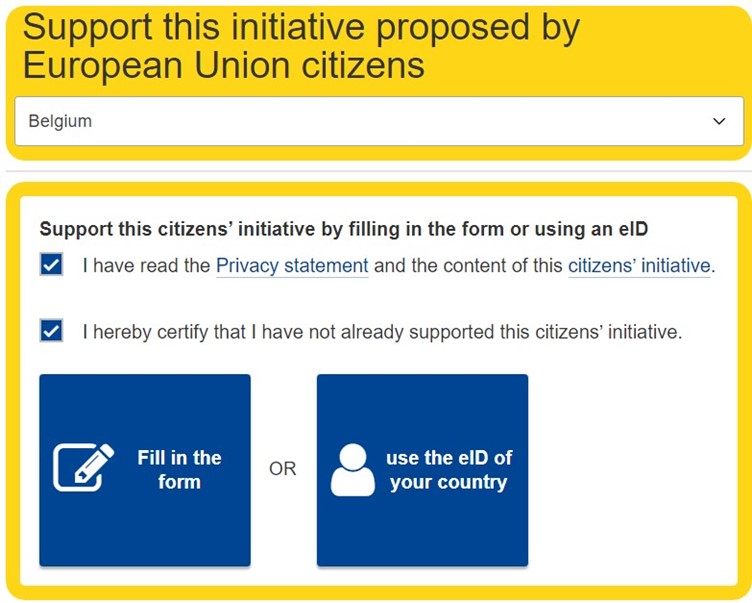
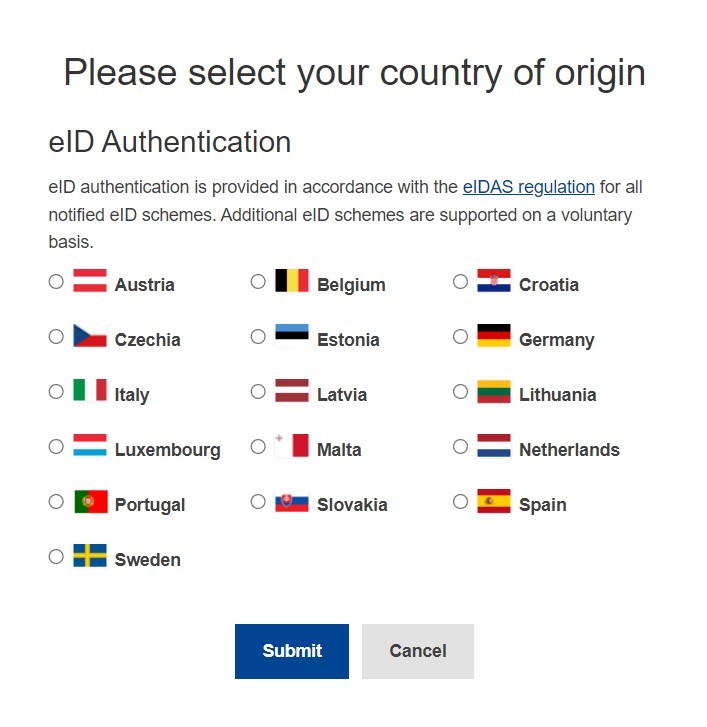
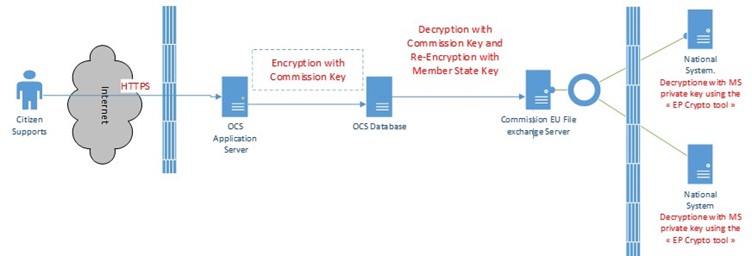

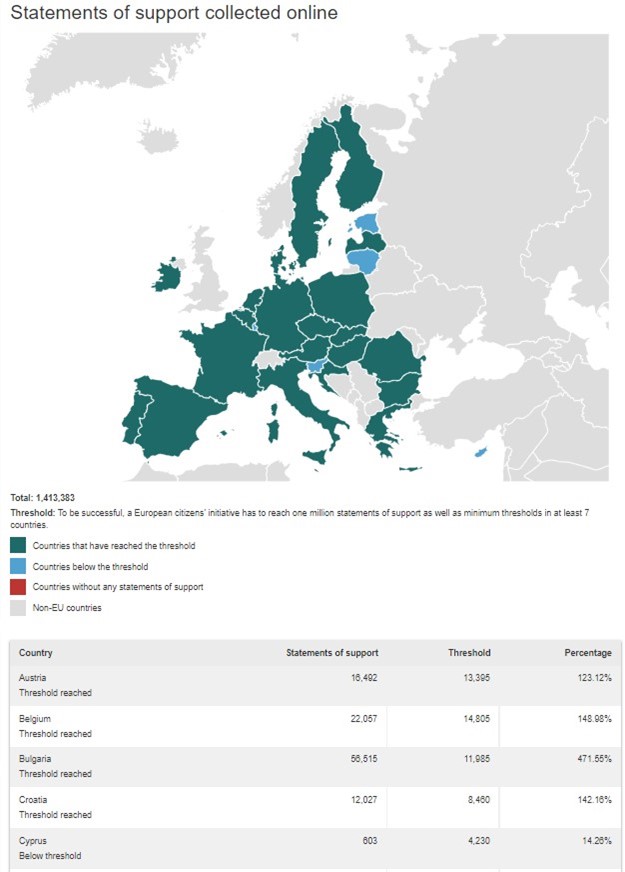
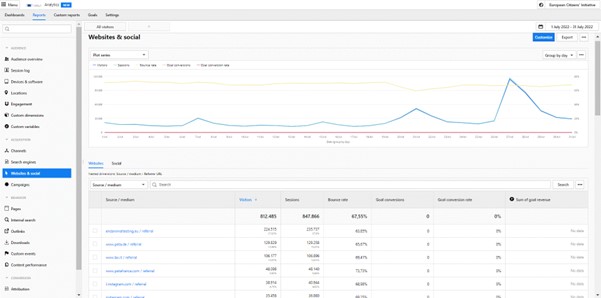

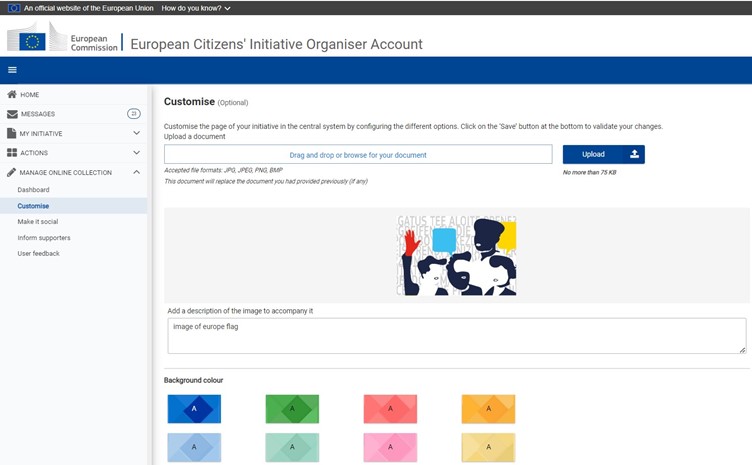

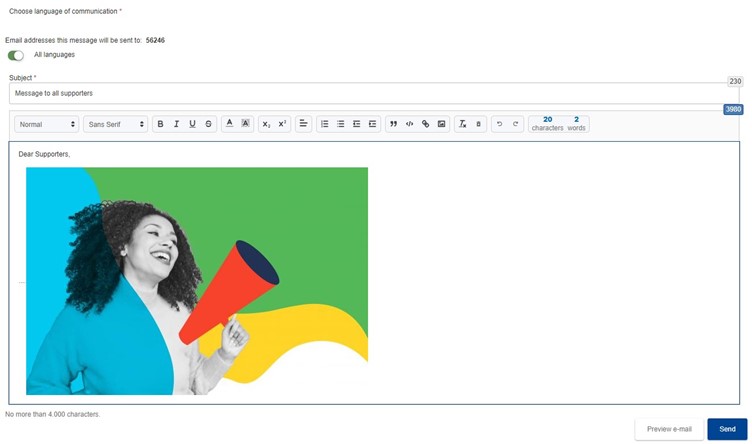

Leave a comment